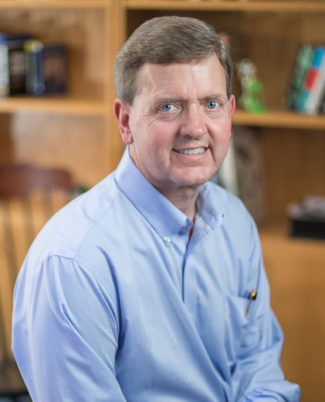National Academies of Sciences, Engineering and Medicine to co-host
A Vanderbilt town hall focused on the vital importance of integrating the arts and humanities with science, technology, engineering, mathematics and medical curriculums will feature a panel with four College of Arts and Science professors on Tuesday, Feb. 4.
The National Academies of Sciences, Engineering and Medicine and the university will co-host “Branches from the Same Tree: Integration of the Humanities and Arts with Science, Engineering and Medicine in Higher Education” from 4 to 6 p.m. in the Student Life Center’s Commodore Ballroom.
The town hall will open with a 30-minute reception, introductory remarks by Interim Chancellor and Provost Susan R. Wente and the reading of the “community thread poem,” which is part of the Traveling Stanzas: Poets for Science exhibit at Buttrick Hall Feb. 3-5.

“We are excited to partner with the National Academies for this community town hall, which will highlight the importance of meaningful collaborations between the humanities and sciences to communicate the results of our discoveries,” said David W. Wright, Stevenson Professor of Chemistry and dean of graduate education and research in Arts and Science. “In addition, a study by the National Academies of Sciences, Engineering and Medicine found many positive benefits in terms of careers and future outcomes for students in classes with integrated disciplinary learning.”
Wright, who will serve as moderator for the discussion, will be joined by five other panelists:
- Austin Applegate, research associate with the Board on Higher Education and Workforce at the National Academies of Sciences, Engineering and Medicine;
- Jay Clayton, William R. Kenan Professor of English and director of the Curb Center for Art, Enterprise and Public Policy;
- Kate Daniels, the Edwin Mims Professor of English and director of the MFA Program in Creative Writing;
- Charles Malone, program and outreach manager, Wick Poetry Center at Kent State University; and
- David Weintraub, professor of astronomy and director of the Program in Communication of Science and Technology.
Shellie Richards, program manager and lecturer for Communication of Science and Technology, was captivated by the beauty of the Traveling Stanzas exhibit when she saw it in Portland, Oregon. She was instrumental in bringing the Traveling Stanzas exhibit and town hall with the National Academies of Science, Engineering and Medicine to campus.
“It’s important to bridge those connections between the humanities and STEMM for our students,” Richards said. “Vanderbilt already offers several courses in which the arts and humanities are integrated with the science disciplines.”

Panelists for the discussion, which begins at approximately 4:30 p.m., will focus on the important role that the humanities and the arts play in communicating about the sciences, thereby building support and helping the public understand their wider relevance to society.
“The result is more informed decision-making at all levels, including government, communities and their citizens,” Wright said.
The town hall is co-sponsored by the College of Arts and Science, Program for Communication of Science and Technology, School of Medicine, Science and Engineering Library, Graduate School, and Office of the Vice Provost for Research.
For more information on the town hall, which is free and open to the public, email Shellie Richards.